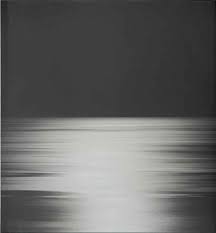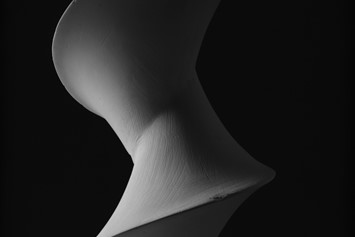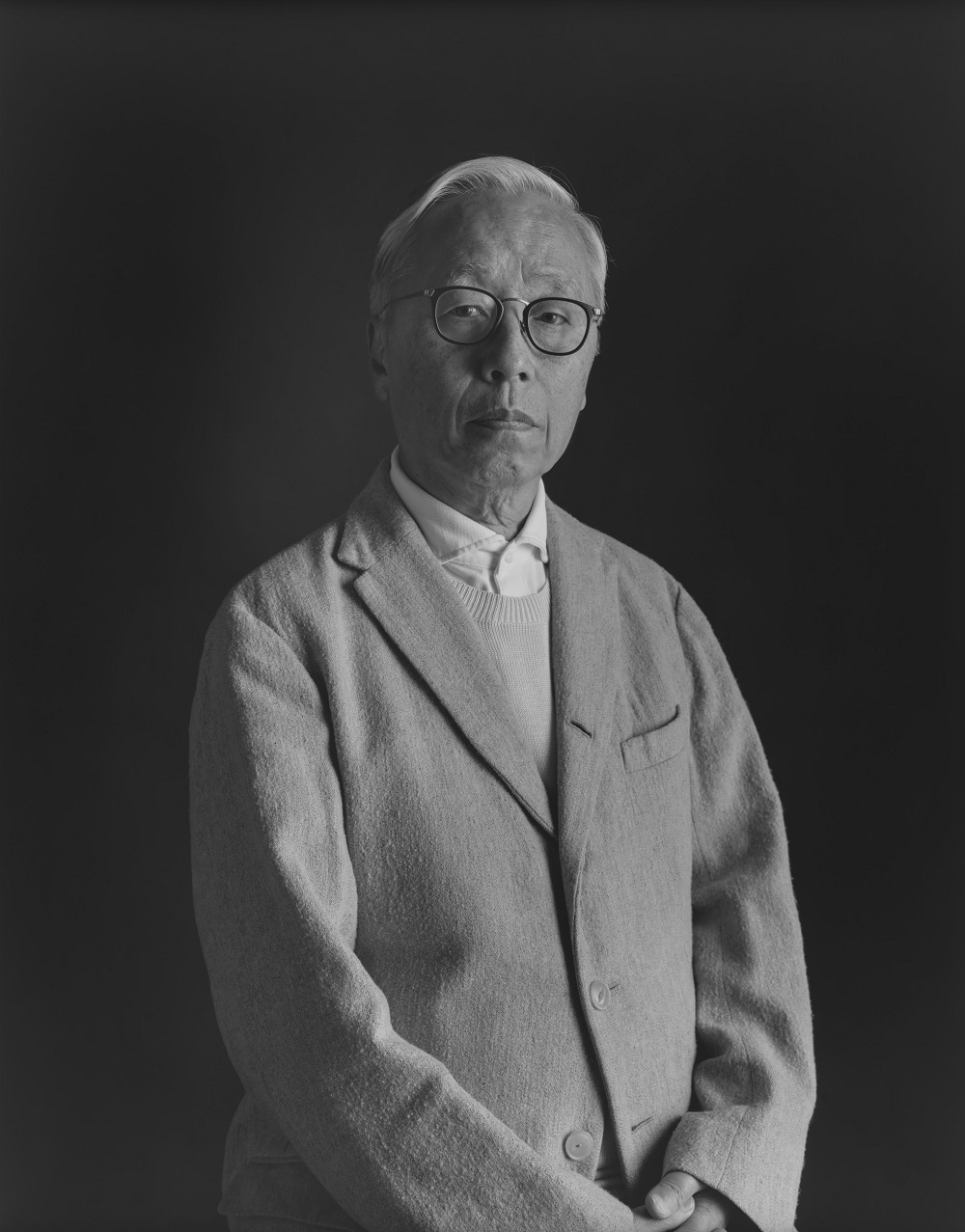Hiroshi Sugimoto said, “People have been reading photography as a true document, at the same time they are now getting suspicious.whether you believe it or not is up to you; it’s not my responsibility, blame my camera, not me.” This reveals his interest in how reality and representation interlink in the medium of photography. The quote also denotes commitment to authenticity, along with a consideration for viewer skepticism. It helps me to start interpreting Sugimoto’s work as a kind of dialogical process between truth and illusion, encouraging viewers to question their perceptions of the nature of documentary photography.
Connection to my vision:
My vision of celebrating the untold stories that shadows tell in urban space goes in tandem with Sugimoto’s work; most especially the way he looks at light and time. I explicitly stress the interaction of shadows with buildings and urge onlookers to explore the specific details of these shadows in the everyday view of structures, just like Sugimoto, who makes people think deeply about what they are viewing. I share his spirit, and both our works call on viewers to reconsider the beauty in things most pass by. My project follows in the vein of Sugimoto’s photography in trying to unveil a rich history shaping our experiences and showing the unique poetry in the relation between light and shadow.
Evaluation of One Image:
Chosen Image:

Hiroshi Sugimoto : Seascapes — Ivorypress
Sugimoto’s “Seascapes” beautifully encapsulates Sugimoto’s exploration of time and the sublime nature of water.
- Reason for Choice: I chose this image because it strongly epitomizes Sugimoto’s exploration of time, nature, and the sublime. The “Seascapes” series is a deeply calm and reflective work that helps the viewers contemplate the vastness of the ocean and the passage of time in ways we never had previously.
- Surprising Element: Perhaps one of the most surprising elements in this picture is how it conveys stillness and motion simultaneously. Actually, the extended length of exposure blurs the waves into this surreal feature, whereby a viewer starts to doubt if he or she perceives time and motion properly. The duality here calls for contemplation of the nature of the ever-shifting sea, where, with eternal rhythms, its character instills a sense of timelessness.
- Formal Element: The long exposure has soften the waves almost into a dreamlike state. The method creates a huge contrast between the water’s fluidity and the solidity of the horizon line, adding to the composition. It is very important because the Subtle color gradations both in the sky and the water add more depth of atmosphere in the image, pulling the viewer into their contemplative state.
Revised Vision:
My vision is to look at the untold stories told by shadows in urban settings, embracing what they mean to our daily existence. I envision, in respect thereof, Sugimoto-esque photography with long exposure techniques to capture an abstract or timeless quality in the photographs. I am deeply motivated by Sugimoto’s work in the series “Seascapes,” and I will try to capture images in a way that the distinction between light and architecture gets blurred, inviting viewers into the act of contemplation emotionally and reflecting upon the hidden stories within their surroundings. With this approach, I want to expose a beauty in shadows and the layered histories they are representative of, hence foster deeper connections with the spaces we dwell in.
Contact Sheet:

Yellow photo:

These are selected images, even though they do not fully conform to my vision. While they do not say much about the timeless quality I wanted to achieve, they do speak volumes about how dramatic light and shadow merge in urban centers. It’s the contrast that provokes thought into a deeper story hidden within architecture and space. By circling this theme, I want the viewer to reflect upon it and connect with it while most importantly highlighting the beauty of unseen layers in the world that surrounds us.
Green Photo:

The dance of light and shadow eloquently speaks to my idea in the selected green photos, revealing submerged stories in urban spaces. For instance, the way a tree shades a cobblestone alley extends the dance of light and darkness to a highly suggestive state, which fits my vision and also evoke a notion of nostalgia from me at least. Meanwhile, at dusk, a silhouette of a building with its windows aglow becomes a canvas of stories to be decoded. The play of sunlight through a wrought-iron fence intricately throws patterns on the ground, inviting the viewer to reflect upon structure versus nature. Each of these elements adds to the emotional charge of the images and helps to form an attachment to the layered histories composing our surroundings.
Red Photo:

Image 108: It features light streaming through a hall; the slight blur gives it a ghostly quality, inviting viewers inside for a moment of contemplation. The light focus thus stresses the transition between light and shadow, pointing out the mystery and the passage of time.
Image 210: This picture shows the trees casting their shadows on the ground and showing these patterns that come out during these conditions, meaning when the sun and leaves interact. This image truly speaks to my vision by showing how nature’s shadows can be an evoker of tranquility and reflection. It brings out the beauty even in things that are, in reality, pretty mundane and raises the viewer to contemplate the stories that may be hidden here.










Leave a Reply
You must be logged in to post a comment.